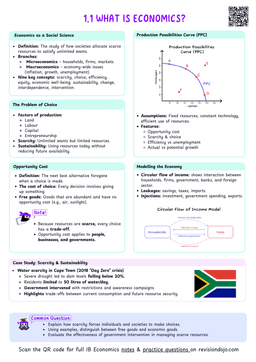Even though there are a lot of consequences that occur due to a persistent current account deficit, they can be corrected using the following methods.
Expenditure Reducing Policies
Expenditure reducing policies
Policies that aim to reduce overall spending in the economy, including spending on imports.
- Aggregate demand reduces when contractionary policies are implemented.
- This causes a lower demand for imports and leads to a lower rate of inflation.
- The low rates of inflation makes domestic goods more competitive, which can increase exports.
- Therefore, expenditure reducing policies aim to lower overall spending (Aggregate demand) in the economy, including spending on imports.
However there are disadvantages as:
- This method can cause a recession in the economy.
- Further, the higher interest rates that could be caused from contractionary monetary policies leads to the appreciation of the currency.
- This can discourage exports and encourage imports, which counteracts the effects of expenditure reducing policies.
Expenditure switching policies
Expenditure switching policies
Policies that aim to switch spending from imports to domestic goods and services.
There are two different policies that can be used:
Trade Protection
- Increasing trade protection (barriers to trade), can directly reduce the current account deficit by limiting the imports.
- This can help countries who suffer from persistent current account deficit.
However there are disadvantages as:
- It can cause higher prices of protected domestic goods.
- This can lead to lower domestic consumption.
- Inefficiency in production (inefficient domestic producers over efficient foreign producers), leading to waste of scarce resources and global misallocation of resources.
- Possible retaliation from other countries by imposing their own trade barriers against the country, impacting global trade and global growth.
Depreciation
- Countries with persistent current account deficit have a downward pressure on the value of their currency.
- The countries can utilise this and let the currency depreciate as it encourages exports (since exports become cheaper for foreigners) and discourages imports (imports become more expensive).



